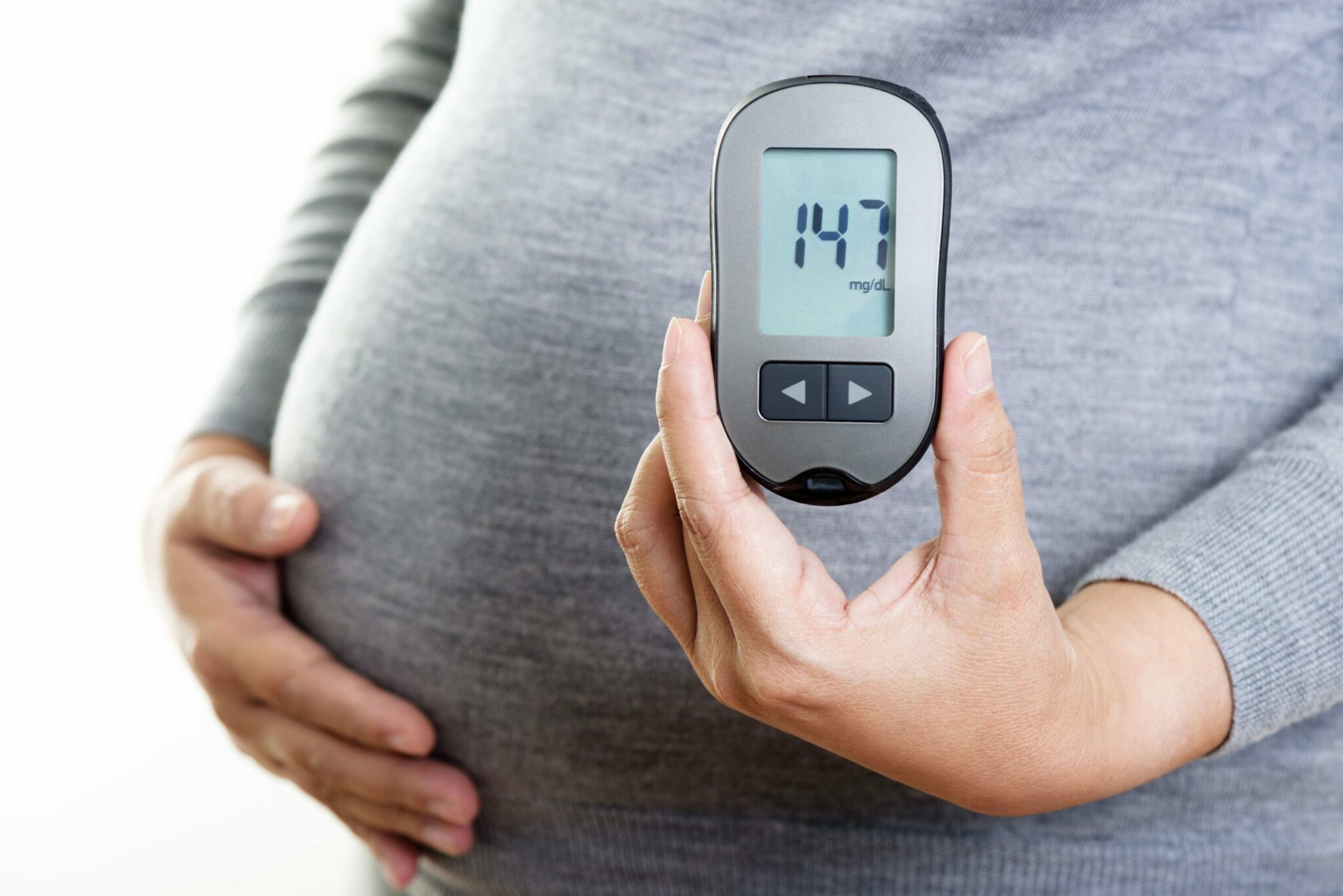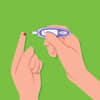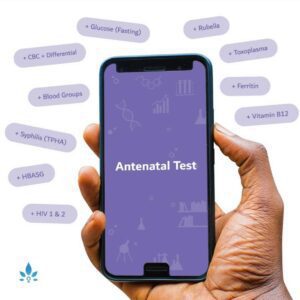How is Gestational Diabetes Diagnosed?

Gestational Diabetes Mellitus (GDM) is a state where diabetes occurs in pregnancy. This condition complicates about 5% of pregnancies, with some ethnic groups being more affected than others. Countries with a high prevalence of Type 2 Diabetes are at a higher risk of the development of GDM. One report shows that over 20% of Qatari women suffer from GDM.
There are important facts you should know about GDM, but first, you may be wondering how it is diagnosed.
In many countries doctors only screen women who are considered high risk for GDM. This will include women with a history of GDM or a strong family history of diabetes; women who are obese (BMI > 30), or have given birth to a large infant in the past; and, in some regions, the mother’s age is also taken into account (In the US, women over the age of 25 are considered to be at increased risk). In other countries, including America, it is recommended that all pregnant women are screened for GDM.
The most common way to screen for GDM is by performing a one-hour oral glucose tolerance test. This involves drinking a 50 g glucose-rich drink and then having your blood sugar checked one hour later. If your blood sugar is in the abnormal range (>140 mg/dL), it will usually be recommended that you undergo additional tests to prove that you do have GDM (the 1 hour test is only a screening test). With this additional test, called an Oral Glucose Tolerance Test (OGTT) you need to fast for at least 8 hours. After this you will be provided with a 100 g glucose-rich drink. You will have your blood glucose levels checked when you are fasting as well as one, two, and three hours after consuming the glucose-rich drink.
You will officially be diagnosed with GDM if your 1 hour screening test is above 200 mg/dL (if your levels are this high, your doctor may also want to investigate whether you have type 2 diabetes) or if two or more values on your OGTT are abnormal.
The 1 hour test is usually done between 24–28 weeks of pregnancy. However, you may be asked to do the test as early as your first prenatal visit if you have certain risk factors (such as having GDM before, carrying twins, or if you are obese). If that early test is negative, you will need to repeat it again at the usual time (between weeks 24 and 28).
Not all women can undergo traditional screening, for example, those women who have had bariatric surgery and cannot tolerate that much sugar at once. Additionally, some women are unable to drink the glucose-rich drink without vomiting, particularly those with severe morning sickness. In these cases, the doctor or midwife may recommend alternative screening techniques, such as monitoring your blood sugars over the span of a few days or a week.
Sources:
- American Congress of Obstetricians and Gynecologists
- Practice Bulletin #137: Gestational diabetes mellitus.
- https://www.hamad.qa/EN/All-Events/mefqsh2017/presentations/Documents/Sunday/D6E6_Diabetes.pdf
- https://www.niddk.nih.gov/health-information/diabetes/overview/what-is-diabetes/gestational/tests-diagnosis
Powered by Bundoo®













































